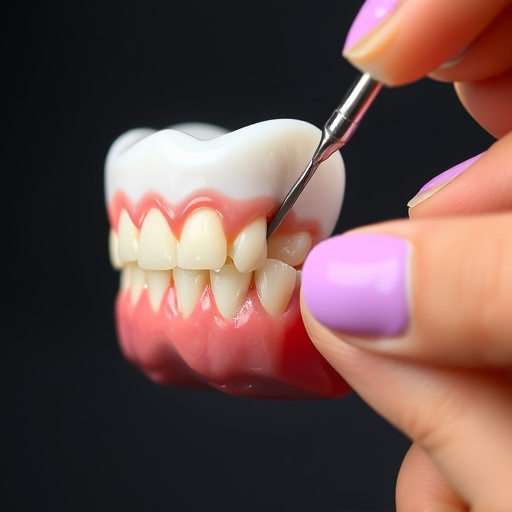Shockwave therapy for pain is a popular, non-invasive treatment with promising outcomes, offering long-term relief for various conditions like soft tissue injuries and chronic pain. Effectiveness varies based on severity, age, health, and adherence to post-treatment care, with results lasting several months to a year or more. It's a promising alternative for sciatica, car accident injuries, and sports injuries.
Discover how long relief from shockwave therapy for pain can last. This non-invasive treatment has gained popularity for its ability to alleviate various conditions, from tendonitis to chronic back pain. Understanding the factors influencing result duration is key to managing expectations. This article delves into the science behind shockwave therapy’s efficacy, explores what influences long-term outcomes, and provides insights into what to expect after treatment.
- Understanding Shockwave Therapy's Efficacy Duration
- Factors Influencing Results After Treatment
- Long-Term Pain Relief: What to Expect
Understanding Shockwave Therapy's Efficacy Duration

Shockwave therapy for pain has gained popularity due to its non-invasive approach and promising results. Understanding the efficacy duration is crucial when considering this treatment option. Studies have shown that shockwave therapy can provide significant relief from various types of pain, including soft tissue injuries and neck pain. The effects typically last for several months, offering a long-term solution for chronic conditions.
One of the key factors influencing the longevity of results is patient adherence to post-treatment care instructions. This may include specific exercises, physical therapy, or lifestyle modifications to maintain the positive outcomes. Additionally, the type and intensity of the shockwaves used during treatment play a role in determining how long the benefits endure for individual patients, whether they are recovering from sports injuries or experiencing persistent pain.
Factors Influencing Results After Treatment

The results of shockwave therapy for pain can vary among individuals due to several factors. One key influencer is the severity and chronicity of the pain condition. Patients experiencing long-term, persistent pain might observe more prolonged relief compared to those with acute or recent pain episodes. Additionally, the overall health and age of the patient play a role; younger patients with healthy bone density and robust soft tissues may respond differently than older individuals, who could require additional treatments like therapeutic exercises or spinal adjustments alongside shockwave therapy.
Another significant factor is the specific type of pain being treated. Shockwave therapy has shown effectiveness for conditions such as chronic knee and back pain, but its impact on other areas might vary. For instance, while it can be beneficial for tendinopathies, its efficacy in treating neuropathic pain could differ due to the unique characteristics of nerve damage. Therefore, personalized treatment plans that consider these variables are crucial to optimizing outcomes from shockwave therapy for pain management.
Long-Term Pain Relief: What to Expect

After undergoing shockwave therapy for pain, many patients experience significant and lasting improvements. The duration of these results can vary from person to person, depending on various factors such as the severity of the initial injury or condition, age, overall health, and adherence to post-treatment care instructions. On average, the effects of shockwave therapy have been shown to endure for several months, sometimes even up to a year or more.
For individuals suffering from conditions like chronic pain, sciatica, or car accident injuries, this non-invasive approach can offer substantial long-term relief. While some patients may experience a return of symptoms over time, the overall success rate is promising, providing an alternative solution for those seeking lasting freedom from debilitating pain.
Shockwave therapy for pain has shown promising results in providing long-term relief, with studies indicating effectiveness up to 12 months or more. However, the duration of these benefits can vary depending on various factors such as the specific condition being treated and individual patient characteristics. Understanding these variables is key to managing expectations and ensuring optimal outcomes from shockwave therapy for pain.














